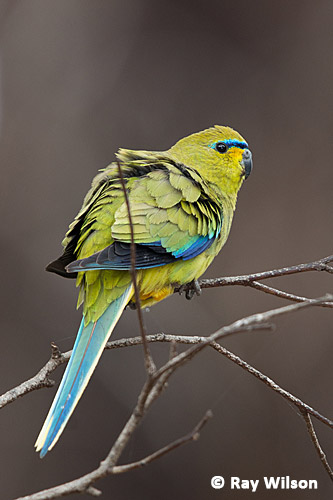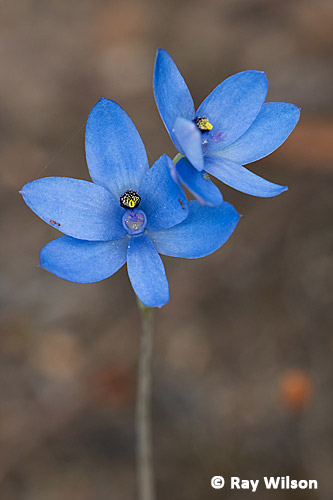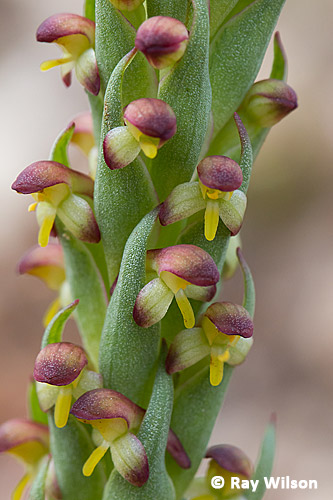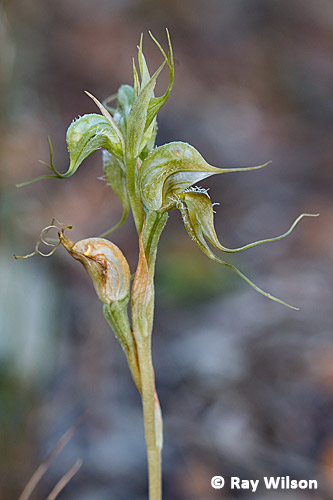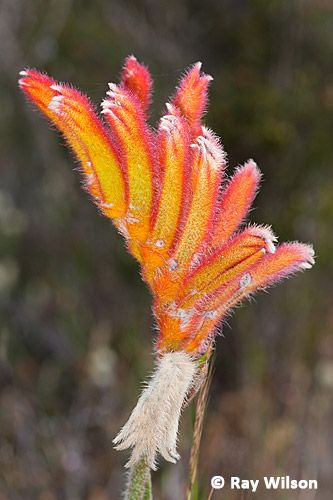
- Home
- Photography Tours
- Diary / Blog
- Galleries
- Foreign Trips
- Tasmania 2016
- NE Queensland 2016
- Western Alps 2016
- NE Spain 2016
- Australia's Wet Tropics 2015
- Australia's Top End 2015
- SW Australia 2015
- Switzerland 2015
- Andalucia 2015
- Belize 2015
- Australia 2014
- Switzerland 2014
- Belize 2014
- Bahama Islands 2014
- Switzerland 2013
- Ecuador 2012-2013
- Florida 2011-2012
- Vancouver Island 2011
- Australia 2010
- Peru 2008
- Bulgaria 2007
- Lesvos 2006
- California 2006
- New Zealand 2005
- Extremadura 2005
- Goa, India 2004
- The Gambia 2003
- About
October 2014
24th-27th October 2014
Stirling Range, Western Australia
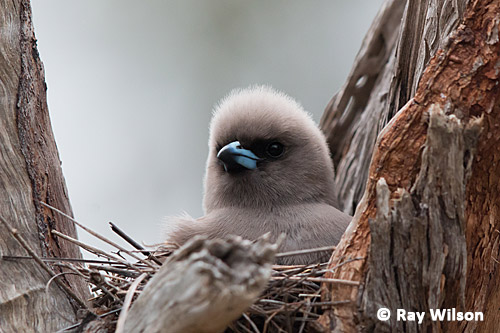
Dusky Woodswallow (Artamus cyanopterus)
The Stirling Range is about an hour's drive north of Albany and rises out of the surrounding plain to a maximum altitute of a little over 1000m.
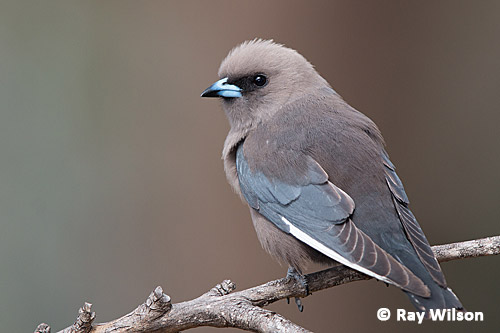
Dusky Woodswallow (Artamus cyanopterus)
Many of the area's endemic birds are resident here, including good numbers of Carnaby's Black Cockatoo (also commonly known as Short-billed Black Cockatoo.
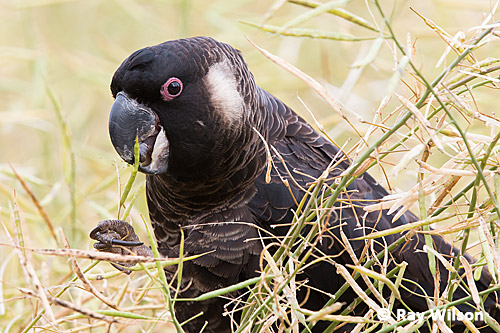
Carnaby's Black Cockatoo (Calyptorhynchus latirostris)
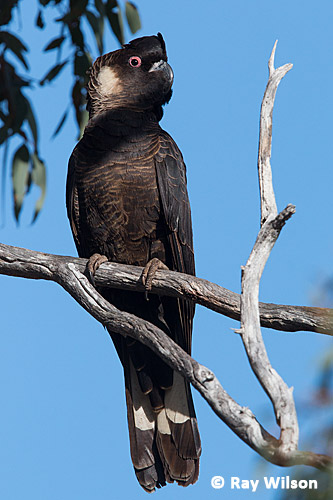 |
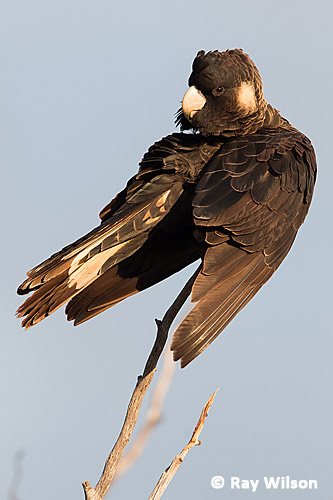 |
Carnaby's Black Cockatoo (Calyptorhynchus latirostris)
The Canola fields bordering the forest at the base of the mountains were an excellent spot for viewing a range of parrots and cockatoos with up to 7 species (Carnaby's Black Cockatoo, Regents Parrot, Elegant Parrot, Red-capped Parrot, Australian Ringneck, Western Rosella and Galah) feeding on the seeds.
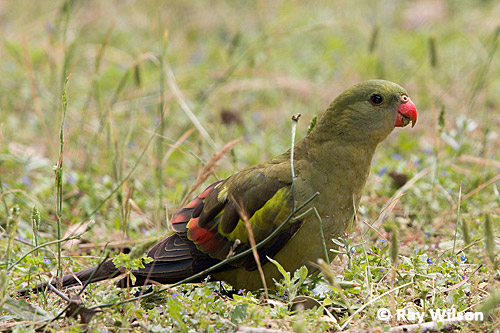
Regent Parrot (Polytelis anthopeplus)
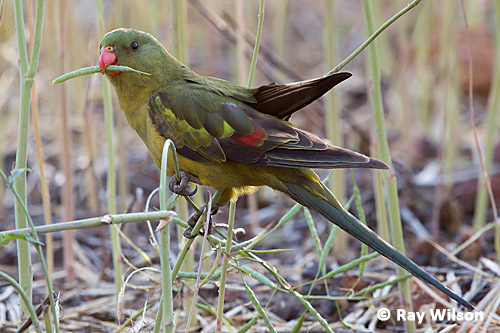
Regent Parrot (Polytelis anthopeplus)
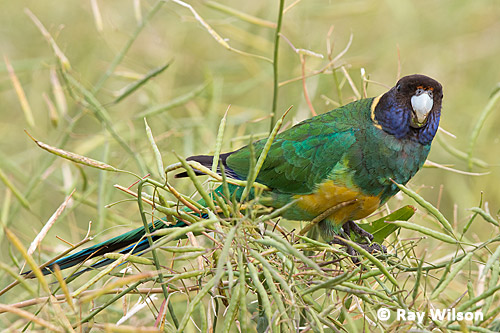
Australian Ringneck (Barnardius zonarius)
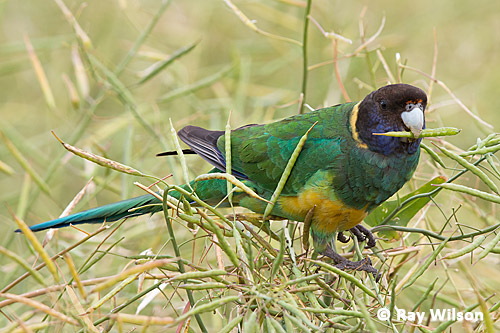
Australian Ringneck (Barnardius zonarius)
Elegant Parrot (Neophema elegans)
At the edge of one of the Canola fields, a pair of Spotted Pardalotes were busy excavating a nest burrow under a pile of straw along the fence line.
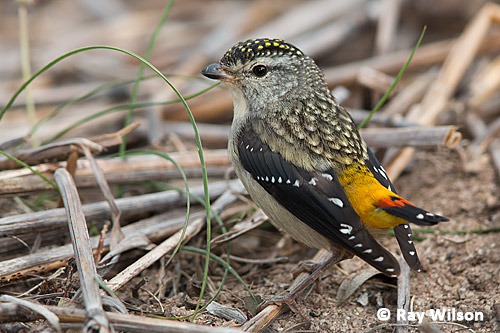
female Spotted Pardalote (Pardalotus punctatus)
Female Spotted Pardalotes are differentiated from the males by their yellow crown spots and the less distinct spots on their back.
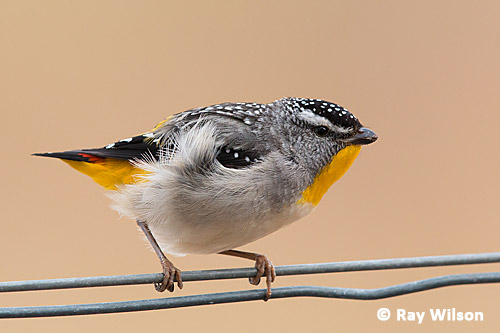
male Spotted Pardalote (Pardalotus punctatus)
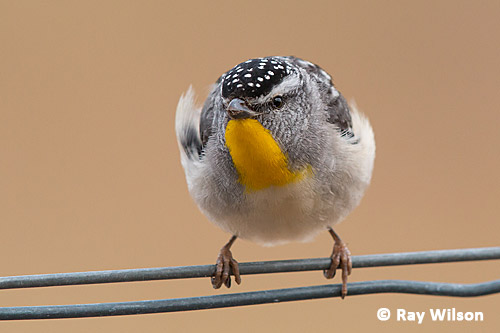
male Spotted Pardalote (Pardalotus punctatus)
Australasian Pipits could also be easily seen feeding on the ground along the edges of the fields.
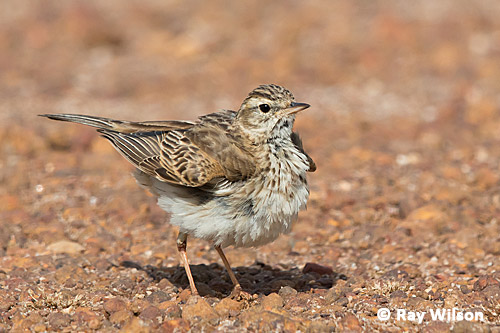
Australasian Pipit (Anthus novaeseelandiae)
Scarlet Robins were fairly common in the dry woodlands at the base of Bluff Knoll.
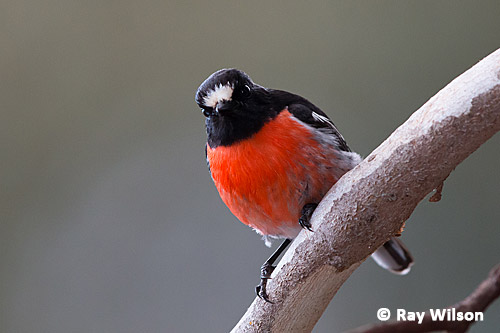
Scarlet Robin (Petroica boodang)
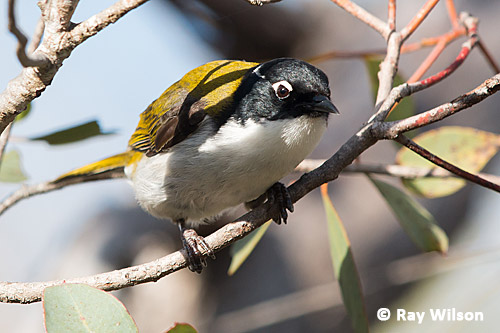
Swan River Honeyeater (Melithreptus chloropsis)
Swan River Honeyeater was formerly considered to be a subspecies of White-naped Honeyeater but due to slight morphological differences and the isolation of its population from that of White-naped it has now been elevated to full specific status.
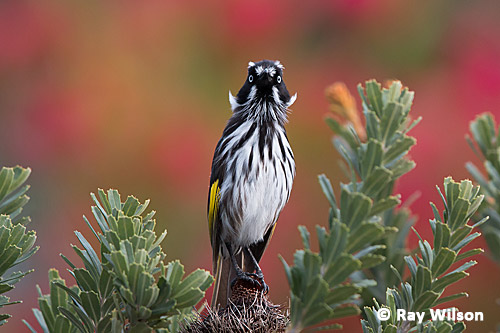
New Holland Honeyeater (Phylidonyris novaehollandiae)
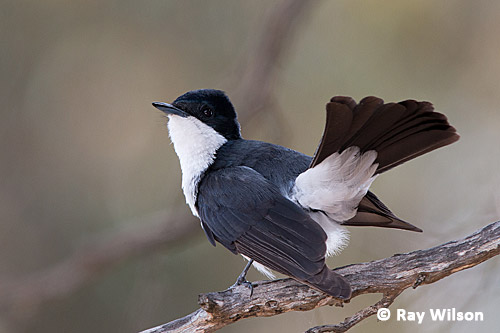
Restless Flycatcher (Myiagra inquieta)
Several pairs of Restless Flycatchers could be found around the grounds of the Stirling Range Retreat. This species is easily located by its distinctive "scissor-grinder" calls.
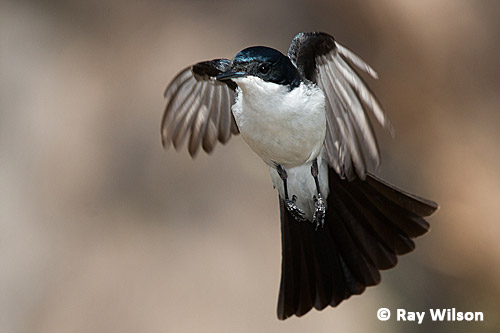
Restless Flycatcher (Myiagra inquieta)
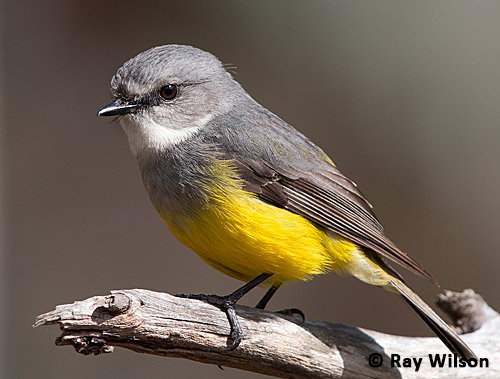
Western Yellow Robin (Eopsaltria griseogularis)
Western Yellow Robin, apart from a small disjunct population near Adelaide, is endemic to southwestern Australia, where it is found in dry open woodland and mallee scub.
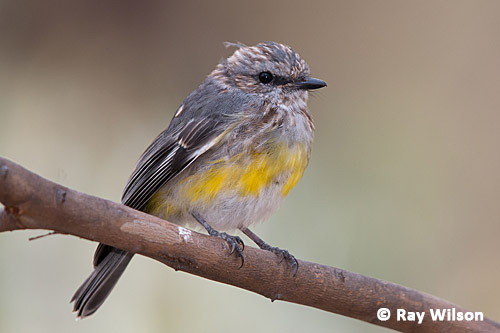
immature Western Yellow Robin (Eopsaltria griseogularis)
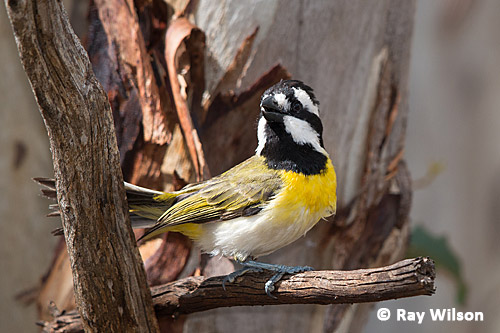
Western Crested Shrike-tit (Falcunculus frontatus leucogaster)
The white-bellied, western form of Crested Shrike-tit is regarded by some authorities to be a species in its own right due to its morphological differences and its isolation from all other populations of Crested Shrike-tits.
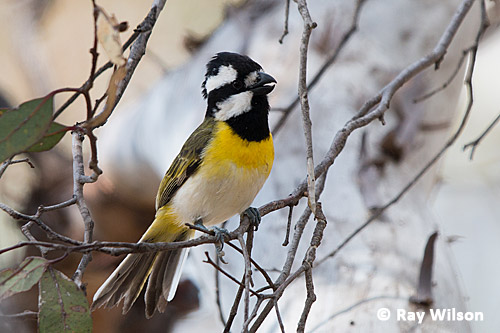
Crested Shrike-tit (Falcunculus frontatus leucogaster)
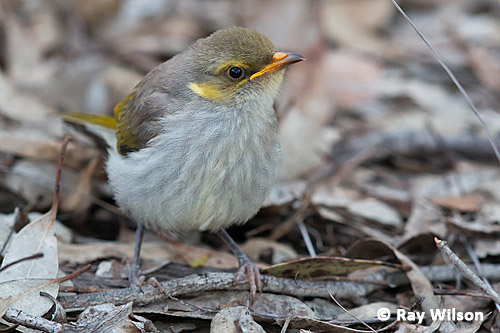
juvenile Yellow-plumed Honeyeater (Lichenostomus ornatus)
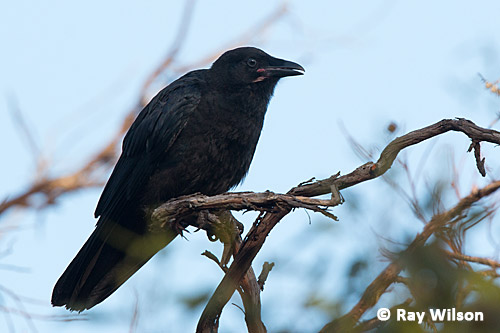
Little Crow (Corvus bennetti)
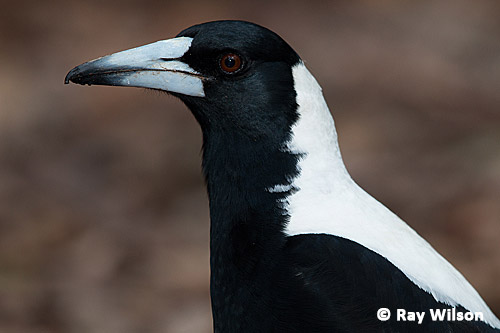
Australian Magpie (Gymnorhina tibicen)
Despite its varied and interesting birdlife, Stirling Range is, however, most famous for its incredible floral diversity, with over 450 species of orchids alone!
I was too late in arriving to witness the peak flowering season, but many of the late spring/early summer species were in full bloom.
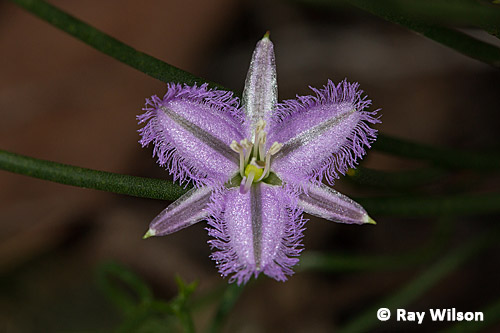
Fringed Lily (Thysanotus tuberosus)
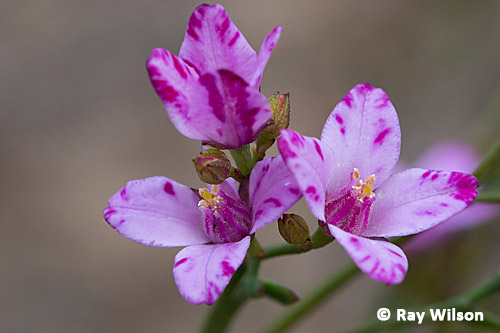
Boronia sp.
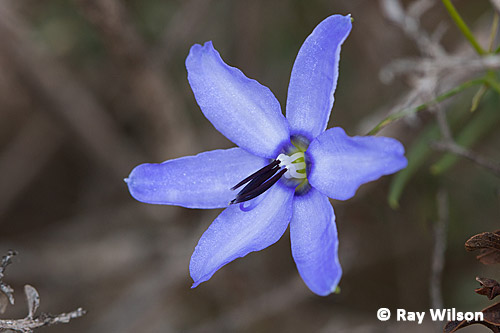
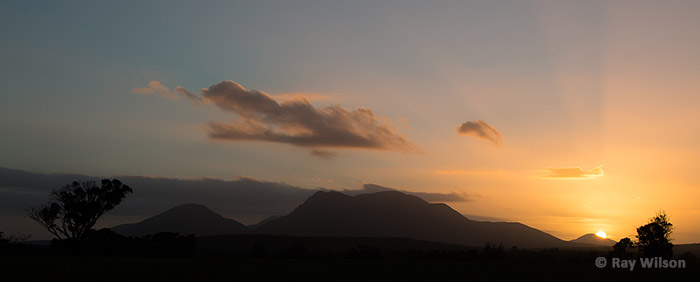
Ray Wilson owns the copyright of all images on this site.
They may not be used or copied in any form without prior written permission.
raywilsonphotography@googlemail.com
